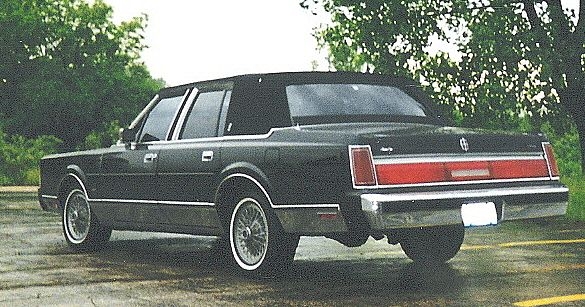
Is your car paint is looking faded, flat and dull? Maybe you have brand new paint on the car and need to give it that smooth look and feel or you just want to remove years of old car wax. Rubbing compound is the answer. Even with clear-coat finishes, you will be surprised what a good buffing out with fine compound will brighten up the finish by removing the yellowing film and wax that accumulates on the clear coat.
It's best to apply in temps over 50 degrees and out of the direct sunlight. Start at the farthest section of the car, like the roof for instance, and work your way back to easier access areas. The object is that once you have completed an area you don't want to have to lean over it to reach another section.
Apply about a teaspoon of compound onto the buffer pad and also a teaspoon on the car within an approximate 14-by-14-inch section. You can always add more as you go along once you get the feel of buffing.
Safety glasses on. Before turning the buffer on, slide the pad around a bit on the car where the compound is. You want to just sort of level it out a bit and define the area you will be buffing. While the pad is pressed onto the car, turn the buffer motor on. If you turn the buffer on while not on the car and with compound on it, the compound will spit all over the place, including on you.
Work the buffer using moderate downward pressure in an up and down or side to side direction covering your last pass by about 50 percent, working one defined section of the car at a time till the compound is gone. You don't want to put too much compound on the car that may dry up before you can get to it, so working a large section is not a good idea.
Avoid running the buffer over any edges unless you are a pro and are using a very light and quick run. It's much better to do edges by hand so you don't run the high risk of burning off the paint.
Once an area is complete, clean it with clear water and dry it off with a clean soft towel that will not leave scratches on the paint, to remove any remaining compound or grit and also to identify any areas you may have missed. Clean the next section you plan to work on just before applying the compound to avoid debris, which may scratch the finish, getting mixed into the fresh compound.
Inspect the entire finish when done for spots missed or areas that may need more attention, rinse the car with clean water and you are ready to apply your favorite wax. The rubbing compound does not offer any protection from the elements like wax does.